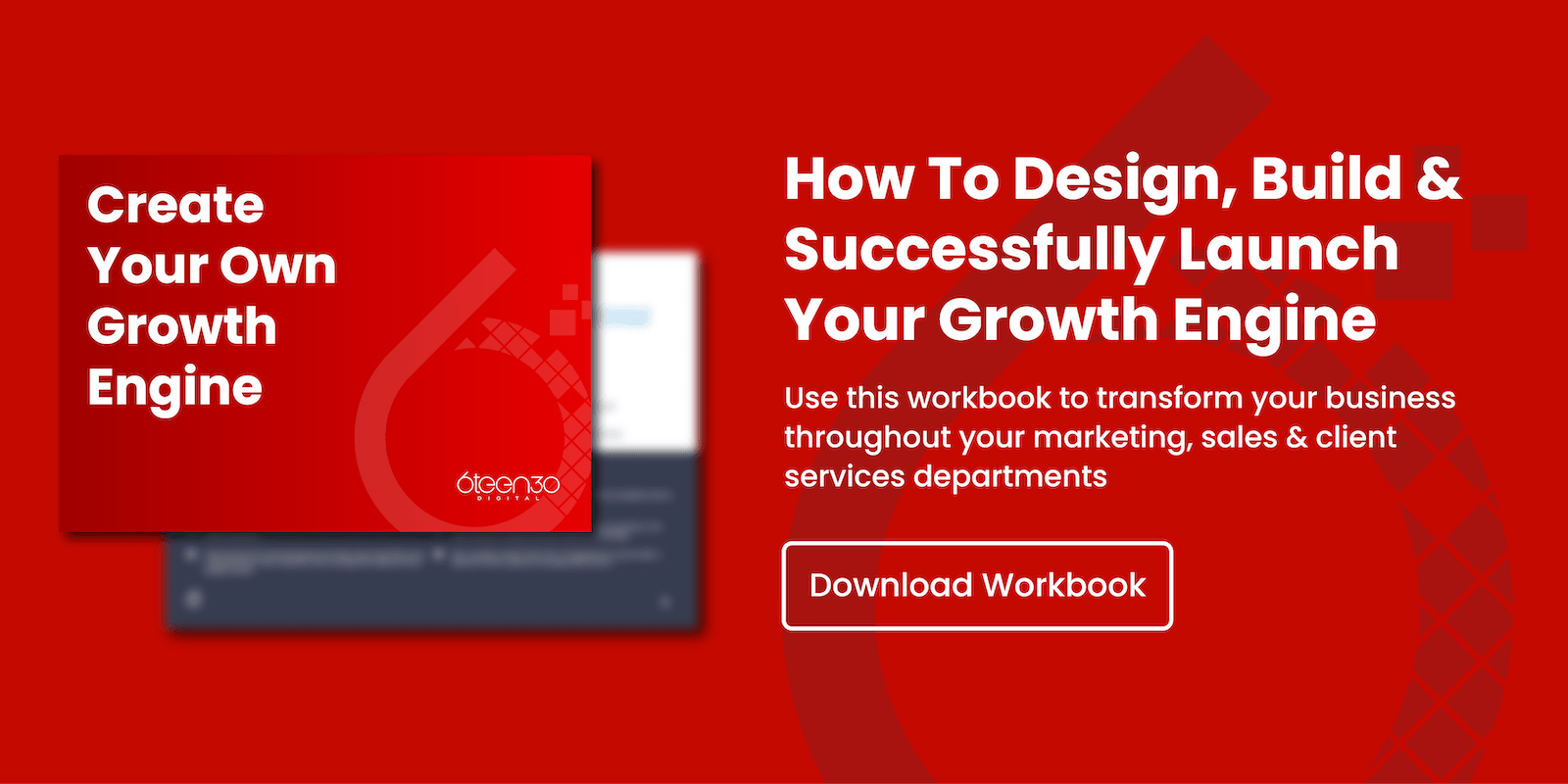Introduction
I want to talk to you about the epicentre of everything. What I mean by the epicentre of everything is your ideal customer, your persona, or avatar. So I was recently at a Yorkshire mafia networking event, where I spoke to a guy and I just said to him.
"So what is it that you do," and, "How do you help customers," and all the usual questions that you would ask. The guy said he worked in Microsoft products and consulted around those. And I said, "So, who's your ideal customer?"
He says, "Anybody who deals with or uses Microsoft products." I hear that so much. If you're sat here now watching or listening to this, and you're in the same boat, not Microsoft, by the way.
You're in the same boat where whatever you do, whether you fit roofs or design architecture, run a retail shop that sells baby clothes, anything in between. If you're sat there with the same mentality, that anybody who, who being whatever you sell, you're seriously missing out.
Not only on a lot of customers, but you’ve also probably got a lower profit margin than your industry average. You're probably missing a lot of business because your marketing ain't going to be on point. So the epicentre of everything; let's just start with that. That's the central part.
Everything that you do in your business, so from product development, the way you staff your business, certainly where you market your business, how you prospect for that, is going to start out or your ideal customer, whatever you want to call it. For the rest of this video, we're going to call it a persona.
So what I'm going to do is, I'm going to put a link at the bottom of this and you can link over to a deep-dive training session that I've done on how to create and build your ideal persona that's going to be so laser-focused and laser-targeted.
That actually you really start to move the needle in your business and start to get more or attract more profitable customers to your business. I'm just going to give you a quick overview in this pit stop video of what you need to be looking at.
What Are Your Products & Services?
Well, first of all, you need to identify, obviously, what products and services that you sell are the most profitable. If that's product X, let's just pick that one, or service X, then what you've got to look at, who is your most profitable customer that buys that product X? Now, the way you would start with that is;
- Look at your existing customer base
- Look at the ones who are the easiest to deal with
- Look at the ones who quibble less
- Look at the ones who get great value out of what you do.
Maybe there are some existing customers. I'd highly encourage you as you'll see in the deeper dive trend and on the other videos, to name them. So if that's Paul, or Sally, or anybody else, give them a name.
Once you've started with that, I'm just going to run through now a quick bullet point checklist of the type of things that you should be looking at. So first and foremost
- Are they male or female? Makes a big difference.
- How old are they?
- What's their income bracket?
- What's the job title?
- What are the goals? It's the goals out of why are they buying your product
- What are they trying to achieve? It's what we call a gap analysis.
- Do you move that needle?
- So what are my goals?
- What are my values?
Because if your business' values aren't aligned to theirs, it's highly unlikely they're going to connect with you in any emotional state, which means you're going to be less likely to close the business down or close the deal.
So once you've got that sort of done, I'm going to ask you to list out what are called where they hang out. What I mean by that is, if you're putting your marketing out there, you need to be putting your messages in front of the eyeball, where they're actually at.
Research Your Ideal Persona
So do some research.
- Do they read specific blogs?
- Do they even subscribe to an old-fashioned subscription like a magazine, like one of those, the Economist, or Builder's Weekly, or Baby Grow Weekly, or whatever it might be?
- What do they subscribe to?
- What websites do they visit? If they're professional people, maybe they're on the HMRC or the accountants' or solicitors' websites or blogs.
- What conferences and expos do they attend?
Because if you can start to really refine down where their eyeballs go, then you can really start to be strategic in the way you place your adverts. What we then get to is the biggest part that you need to work on, and that is challenges and pain points, our aspirations and dreams.
I don't care what anybody says, people only buy for three reasons, and that's fear, gain, or logic. You either buy to avoid fear, to gain something, or it's the logical thing to do. Ultimately, out of fear, gain, or logic, that usually means they're trying to solve a problem or they're trying to achieve a better position or a better status.

So you've really got to work hard on what their challenges and pain points are. Then do a before and after grid. So if you list out, what do they have, how do they feel, what are the status, and list that down before they buy your product and after, and see then if your product moves that needle.
So like I say if you go and check out the deep dive training on the YouTube Channel. The GrowthEngine Channel, you can see a 15, 20-minute session on this, where we actually build one out for a specific customer. You can get a little bit more information.
But as always, if you've got any questions on building your ideal persona. Ultimately will help you recruit the right salespeople, develop your products, put a better customer service solution in place, improve your marketing, just really improve the way that you attract, service, process, manage, delight customers, then really start working on your personas.








%20-%20Teal.png?width=500&height=130&name=Force%20%26%20Friction%20-%20Branding%20-%20Logo%20(White)%20-%20Teal.png)